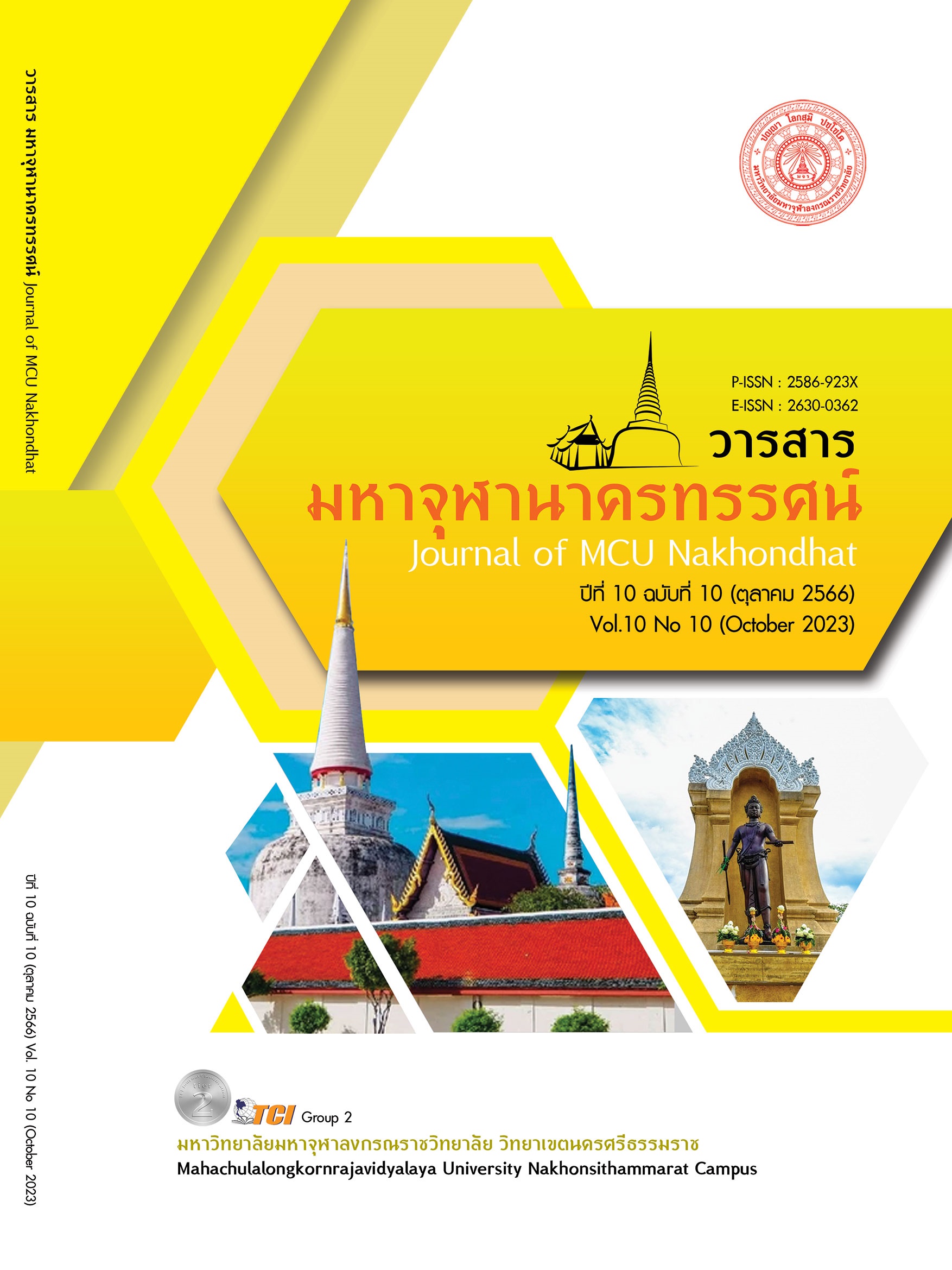FACTORS INFLUENCING INR LEVEL OF PATIENTS RECEIVING WARFARIN IN SAMUI HOSPITAL
Main Article Content
Abstract
This cross - sectional analytical study aimed to investigate INR levels and factors associated in patients receiving services at the Warfarin Clinic in Koh Samui Hospital. Data was collected through medical records and interviews using a questionnaire consisting of four parts: 1) general information and information about warfarin medication, 2) Other medications taken concomitantly with Warfarin and medication adherence, 3) Social factors, and 4) Warfarin Knowledge Assessment Questionnaire consisting of 12 items. The questionnaire was validated for content accuracy by experts and tested for reliability using Cronbach's alpha with a reliability coefficient of 0.703. Data analysis was performed using descriptive statistics including percentages, means, standard deviations, and inferential statistics including Chi - square test. The study included a total of 97 patients, with the majority being male (50.5%) and an average age of 61 ± 8.82 years. The INR levels were within the target range in 60.8% of the patients. Smoking and medication adherence were statistically significantly related to INR levels (p - value < 0.05). Other factors such as gender, age, body mass index, comorbidities, concomitant medications, consumption of high vitamin K foods, knowledge about medication, and alcohol consumption were not significantly related to INR levels. Therefore, it is advisable to promote medication adherence and campaign for smoking cessation by leveraging cooperation from healthcare professionals. Additionally, considering individual patient factors when adjusting medication dosages can enhance the effectiveness and safety of using Warfarin. These measures contribute to optimizing treatment outcomes and minimizing potential risks associated with INR fluctuations. In conclusion, this study highlights the importance of addressing factors such as smoking and medication adherence to achieve desirable INR levels in patients receiving Warfarin therapy. Implementing interprofessional collaboration and tailoring treatment based on individual patient characteristics are key strategies to improve the efficacy and safety of Warfarin usage.
Article Details

This work is licensed under a Creative Commons Attribution-NonCommercial-NoDerivatives 4.0 International License.
References
ธันย์ชนก ไทยชนะ และคณะ. (2562). ปัจจัยที่มีผลต่อการเกิดภาวะเลือดออกรุนแรงในผู้ป่วยไทยที่ได้รับยา warfarin. วารสารเภสัชกรรมไทย, 12(4), 954 - 968.
นิตย์สุภา วัฒนชัย และสุทธิดา แก้วมุงคุณ. (2560). เภสัชวิทยา และปัจจัยที่มีผลต่อการตอบสนองของยาวาร์ฟาริน. ศรีนครินทร์เวชสาร, 32(2), 189 - 99.
ศุภปริญญ์ แสงสุวรรณ และคณะ. (2560). ปัจจัยที่มีผลต่อการควบคุมระดับINR และประสิทธิผลของการให้กล่องยาต่อความร่วมมือในการใช้ยาและการควบคุมระดับINR ในผู้ป่วยที่ใช้ยาวาร์ฟาริน. วารสารเภสัชกรรมไทย, 11(1), 50 - 60.
สังคม ศุภรัตนกุล. (2557). ระเบียบวิธีวิจัยและสถิติขั้นสูง. อุดรธานี: สำนักงานโครงการบัณฑิตศึกษา มหาวิทยาลัยราชภัฏอุดรธานี.
สาวิตรี เหล่าไพบูลย์กุล และคณะ. (2562). ปัญหาจากการใช้ยาของผู้ป่วยนอกที่ได้รับยาวาร์ฟารินที่มีค่า INR นอกช่วงการรักษาโดยการเยี่ยมบ้านในอำเภอท่าศาลา จังหวัดนครศรีธรรมราช. เรียกใช้เมื่อ 15 กุมภาพันธ์ 2566 จาก https://wjst.wu.ac.th/index.php/wuresearch/article/view/6607
สิริรัตน์ วนาพรหม. (2564). ปัจจัยที่มีความสัมพันธ์กับอาการไม่พึงประสงค์และผลการรักษาผู้ป่วยที่ใช้ยาวาร์ฟารินในโรงพยาบาลหนองหาน (แม่ข่าย) และโรงพยาบาลพิบูลย์รักษ์ (ลูกข่าย) จังหวัดอุดรธานี. วารสารโรงพยาบาลนครพนม, 8(2), 15 - 27.
Al - Momany, N.H., et al. (2019). Analysis of Factors That Interrupt With INR Control in the First Anticoagulation Clinic Monitoring Jordanian Patients. Clinical and applied thrombosis/hemostasis, 25 (January - December), 1 - 9.
Basu, S. et al. (2019). Improving the assessment of medication adherence: Challenges and considerations with a focus on low - resource settings. Tzu - Chi Medical Journal, 31(2), 73 - 80.
Lertsanguansinchai, P. et al. (2021). Factors predicting poor anticoagulant control on warfarin in a Thai population with non - valvular atrial fibrillation (NVAF): the ACAChE score. International Journal of Arrythmia, 22(2), 1 - 11.
Priksri, W. et al. (2019). Incidence, risk factors, and outcomes of warfarin - associated major bleeding in Thai population. Pharmacoepidemiology and drug safety, 28(7), 942 - 950.
Puri, P. et al. (2020). Alcohol consumption is associated with the severity and outcome of acute liver injury/failure. Liver international: official journal of the International Association for the Study of the Liver, 40(2), 360 - 367.
Sombat, B. et al. (2023). Incidence and risk factors of warfarin therapy complications in community hospitals, central and eastern regions, Thailand: a retrospective, multicenter, cohort study. BMC research notes, 16(1), 1 - 8.
Tan, C. S. S., & Lee, S. W. H. (2021). Warfarin and food, herbal or dietary supplement interactions: A systematic review. British journal of clinical pharmacology, 87(2), 352 - 374.


